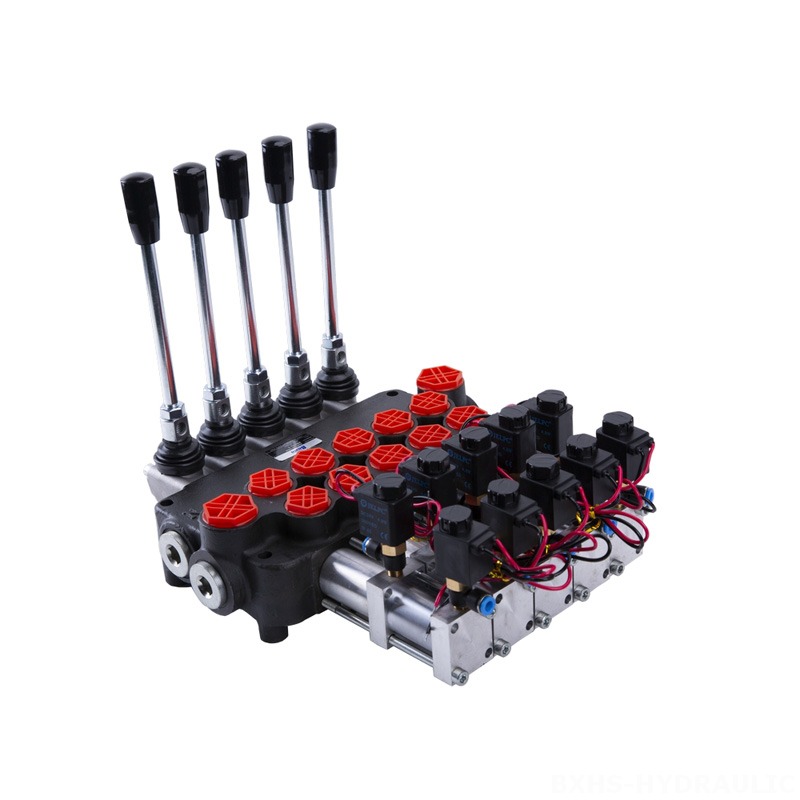Hydraulic directional control valves are an essential component in hydraulic systems that regulate the flow of hydraulic fluids. They are used to control the direction and speed of fluid flow to different parts of the system, making them vital to the efficient functioning of hydraulic equipment. In this article, we will discuss the basics of hydraulic directional control valves, including their types, functions, maintenance, and applications.
Types of Hydraulic Directional Control Valves
There are several types of hydraulic directional control valves available in the market. The most commonly used types are:
- Spool valves: These valves are the most popular type of directional control valve. They provide precise control over the flow of hydraulic fluids and are suitable for a wide range of applications.
- Poppet valves: These valves are rugged and durable, making them ideal for use in harsh environments. They can withstand high-pressure environments and offer reliable performance.
- Rotary valves: These valves control the flow of hydraulic fluids in a circular motion and are used in applications that require precise control over fluid flow.
- Sliding-spool valves: These valves are used for applications that require high flow rates and fast response times.
Functions of Hydraulic Directional Control Valves
Hydraulic directional control valves perform two critical functions:
- Controlling the direction of fluid flow: The valve’s spool or poppet is responsible for controlling the direction of fluid flow. When the spool or poppet is in a particular position, it determines the direction of fluid flow.
- Controlling the speed of fluid flow: The valve’s size and shape determine the rate of fluid flow. By changing the valve’s size and shape, the rate of fluid flow can be increased or decreased.
Maintenance of Hydraulic Directional Control Valves
Regular maintenance of hydraulic directional control valves is essential to keep them operating efficiently. Some of the maintenance tasks include:
- Cleaning the valve body and spool regularly to prevent the accumulation of debris and dirt.
- Replacing damaged seals and springs to prevent leaks and ensure proper functioning.
- Checking and replacing the spool as necessary to ensure that it is in good working condition.
- Keeping the environment around the valve clean and dry to prevent contamination.
Applications of Hydraulic Directional Control Valves
Hydraulic directional control valves are used in several applications, including:
- Agricultural machinery: These valves are used in tractors, harvesters, and other agricultural equipment to control the direction and speed of fluid flow.
- Construction machinery: These valves are used in excavators, loaders, and other construction equipment to regulate the flow of hydraulic fluids.
- Industrial machinery: These valves are used in manufacturing machinery, oil rigs, and other industrial equipment to control the flow of hydraulic fluids.
Conclusion
Hydraulic directional control valves are critical components in hydraulic systems that regulate the flow of hydraulic fluids. Understanding the basics of hydraulic directional control valves, including their types, functions, maintenance, and applications, is essential to ensure their efficient operation. By properly maintaining these valves, they can provide reliable performance for an extended period, reducing downtime and maintenance costs.


